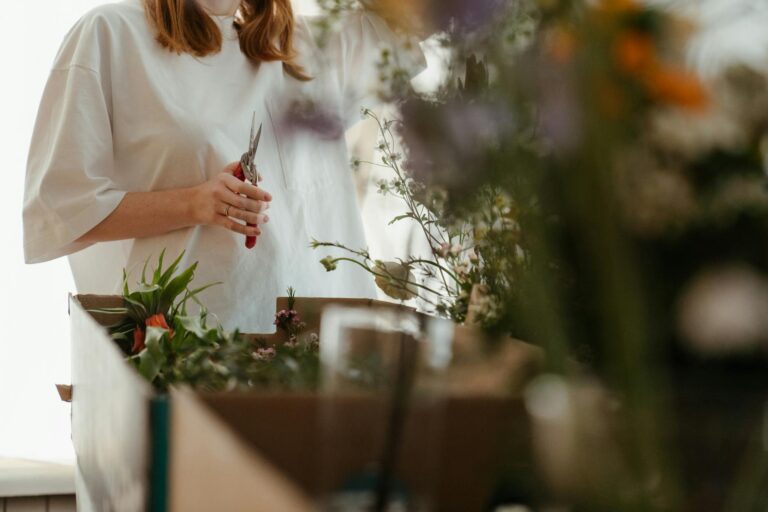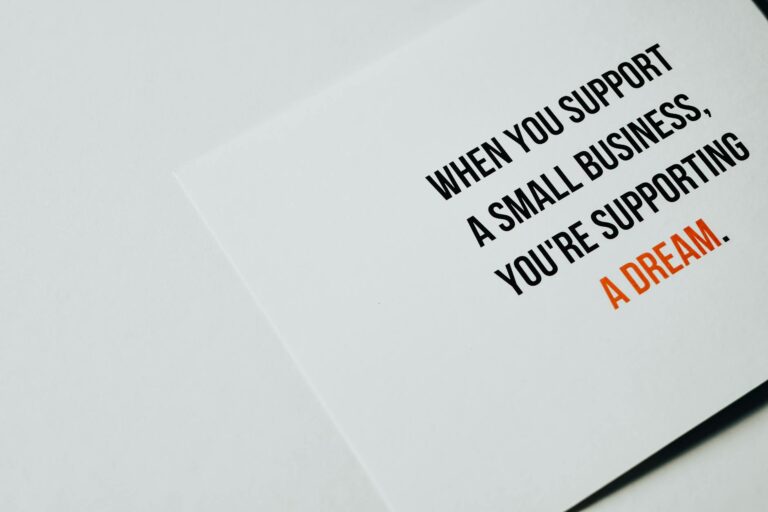How to Start Healing Without a Guru

I remember the moment I realized I was done with spiritual performance. I was sitting cross-legged on my meditation cushion, trying to breathe “correctly,” wondering if my chakras were aligned properly, and mentally berating myself for not being able to stop the parade of thoughts marching through my mind. The voice in my head had taken on the tone of every guru teacher I’d studied with – a strange mix of ethereal wisdom and subtle judgment.
That’s when I started laughing. Not a gentle spiritual giggle, but a deep belly laugh that came from the part of me that was tired of trying so hard to be enlightened. In that moment of completely losing my spiritual composure, I felt more authentic and alive than I had in years of “proper” practice.
I share this not because I’ve given up on spiritual growth – far from it. But somewhere in my mid-forties, I began to understand that true healing doesn’t require us to contort ourselves into someone else’s version of awakening. The most profound growth often happens when we finally give ourselves permission to be gloriously imperfect seekers, finding our way by listening to the quiet wisdom of our own hearts.
The Guru Within and Without
Many of us came of age in an era that taught us to look outside ourselves for answers. Whether through traditional religion, New Age spirituality, or self-help culture, we learned that somewhere out there was someone who held the keys to our transformation. Someone who had it all figured out. Someone who could tell us exactly how to heal, grow, and become our best selves.
There’s nothing inherently wrong with learning from teachers and guides. I’ve studied with some wonderful ones who helped me see myself more clearly. But there’s a subtle yet important difference between seeking guidance and giving away our power. Between learning from others and believing we need someone else to validate our spiritual journey.
The truth is, while teachers can offer valuable perspectives and practices, no one knows your path better than you do. Your lived experience, your intuition, your body’s wisdom – these are your most reliable guides. The challenge isn’t finding the right guru; it’s learning to trust the knowing that already lives within you.
Unlearning the Need for Perfection
One of the most insidious aspects of spiritual performance is the way it can reinforce our perfectionist tendencies. We trade one form of striving for another, replacing career achievements or physical appearance with spiritual accomplishments. We measure our worth by how well we maintain our morning practice, how consistently we can stay positive, or how many days we can go without judgment.
But healing isn’t about becoming perfect. It’s about becoming whole. And wholeness includes all of it – our shadow and our light, our wisdom and our wounds, our certainty and our doubt. When we try to skip over the messy parts of being human in pursuit of some idealized spiritual state, we miss the very experiences that can lead to genuine transformation.
I spent years trying to transcend my humanity instead of embracing it. Now I understand that my sensitivity, my struggles, even my skepticism are not obstacles to overcome but essential parts of who I am. They’re what make me real, relatable, and capable of genuine connection with others.
Starting Where You Are

So how do we begin healing without falling into the trap of spiritual performance? It starts with radical honesty – with ourselves and about ourselves. Here are some practices I’ve found helpful:
- Notice Without Judgment
- Begin by simply noticing where you are right now – physically, emotionally, spiritually. Not where you think you should be, but where you actually are. If you’re tired, acknowledge it. If you’re angry, feel it. If you’re confused about your path, admit it. This honest assessment becomes the foundation for authentic growth.
- Listen to Your Body
- Our bodies hold tremendous wisdom, but many spiritual practices can disconnect us from this essential source of guidance. Take time each day to check in with your physical self. What sensations are present? What is your body trying to tell you? Sometimes a tight shoulder has more wisdom to share than another self-help book.
- Question Everything (Including This)
- Develop a healthy skepticism – not cynicism, but a willingness to question teachings, practices, and beliefs rather than accepting them wholesale. Does this resonate with your lived experience? Does it feel true in your bones? Does it support your authentic expression or ask you to contort yourself into someone else’s mold?
- Create Spaciousness
- Healing requires space – space to feel, to process, to integrate. In our rush to transform, we often overwhelm ourselves with practices, programs, and workshops. Consider taking a spiritual sabbatical. What would it feel like to step back from formal practices and simply be with yourself for a while?
The Courage to Be Messy
One of the most liberating moments in my healing journey came when I stopped trying to do everything “right” and allowed myself to be messy. To cry ugly tears. To have days when meditation felt impossible. To sometimes choose Netflix and ice cream over green juice and yoga.
This isn’t about abandoning practices that serve us – it’s about releasing the grip of spiritual perfectionism that turns potentially nourishing practices into another form of self-improvement prison. It’s about understanding that healing isn’t linear, and that sometimes what looks like regression is actually the deeper work of integration.
Finding Your Own Way
True healing is deeply personal. What works for one person may not work for another, and what works at one stage of our journey may not serve us in the next. This is why following someone else’s prescribed path, no matter how well-intentioned, often leaves us feeling somehow lacking.
Instead of seeking the “right” way to heal, consider approaching your journey with curiosity and compassion. What draws you naturally? What practices bring you alive? What makes you feel more connected to yourself and others? These questions matter more than following any particular method or teaching.
Some days this might mean sitting in formal meditation. Other days it might mean dancing in your kitchen, walking in nature, or having a heart-to-heart with a trusted friend. The form matters less than the intention to stay present with whatever arises.
Community Without Conformity
While the journey of healing is personal, it doesn’t have to be lonely. Finding others who are walking a similar path – not necessarily following the same practices but sharing the commitment to authentic growth – can provide valuable support and perspective.
The key is to seek companions rather than authorities, to create spaces where questions are as welcome as answers, and where each person’s unique path is honored. This might look like informal gatherings with friends, online communities that encourage genuine dialogue, or small circles where everyone is both student and teacher.
The Practice of Not Knowing

Perhaps the most challenging aspect of healing without a guru is learning to be comfortable with not knowing. When we release the need for someone else to have all the answers, we open ourselves to the mystery of our own unfolding.
This doesn’t mean we never seek guidance or support. But it does mean we stop looking for shortcuts to enlightenment or one-size-fits-all solutions to our healing. We learn to trust the process, even when (especially when) we can’t see where it’s leading.
Coming Home to Yourself
Ultimately, healing without a guru is about coming home to yourself – not the self you think you should be, but the self you already are. It’s about recognizing that while teachers and teachings can point the way, the real work happens in the quiet moments when you learn to listen to your own inner knowing.
This journey isn’t always easy. There will be days when you long for someone to just tell you what to do, when you question whether you’re doing it “right,” when you wonder if you’re making any progress at all. These moments aren’t failures – they’re opportunities to practice self-compassion and to deepen your trust in your own process.
A Gentle Invitation
As you reflect on your own healing journey, I invite you to sit with these questions. There’s no need to answer them immediately or completely. Let them be seeds for contemplation, allowing your responses to emerge naturally over time:
- What would healing look like if you removed all external pressures and expectations?
- What wisdom does your body hold that you haven’t yet fully heard?
- Where in your life are you still giving away your power to external authorities?
- What would it feel like to trust your own knowing more deeply?
Remember, these questions aren’t meant to add to your spiritual to-do list. They’re invitations to explore your own truth, in your own time, in your own way. The answers that matter most are the ones that resonate in your own heart.
Take what serves you from these words, leave what doesn’t, and trust that your path, however uncertain it may feel at times, is unfolding exactly as it should.
Learn more about Real Spirituality. Click here.
Like what you just read?
Join me over on Sacred & Skeptical, my weekly Substack letter for women 40+ who are ready to heal honestly, grow slowly, and ditch spiritual performance.
Subscribe now for grounded essays, gentle prompts, and a little truth for your inbox each week.
Click here to subscribe




